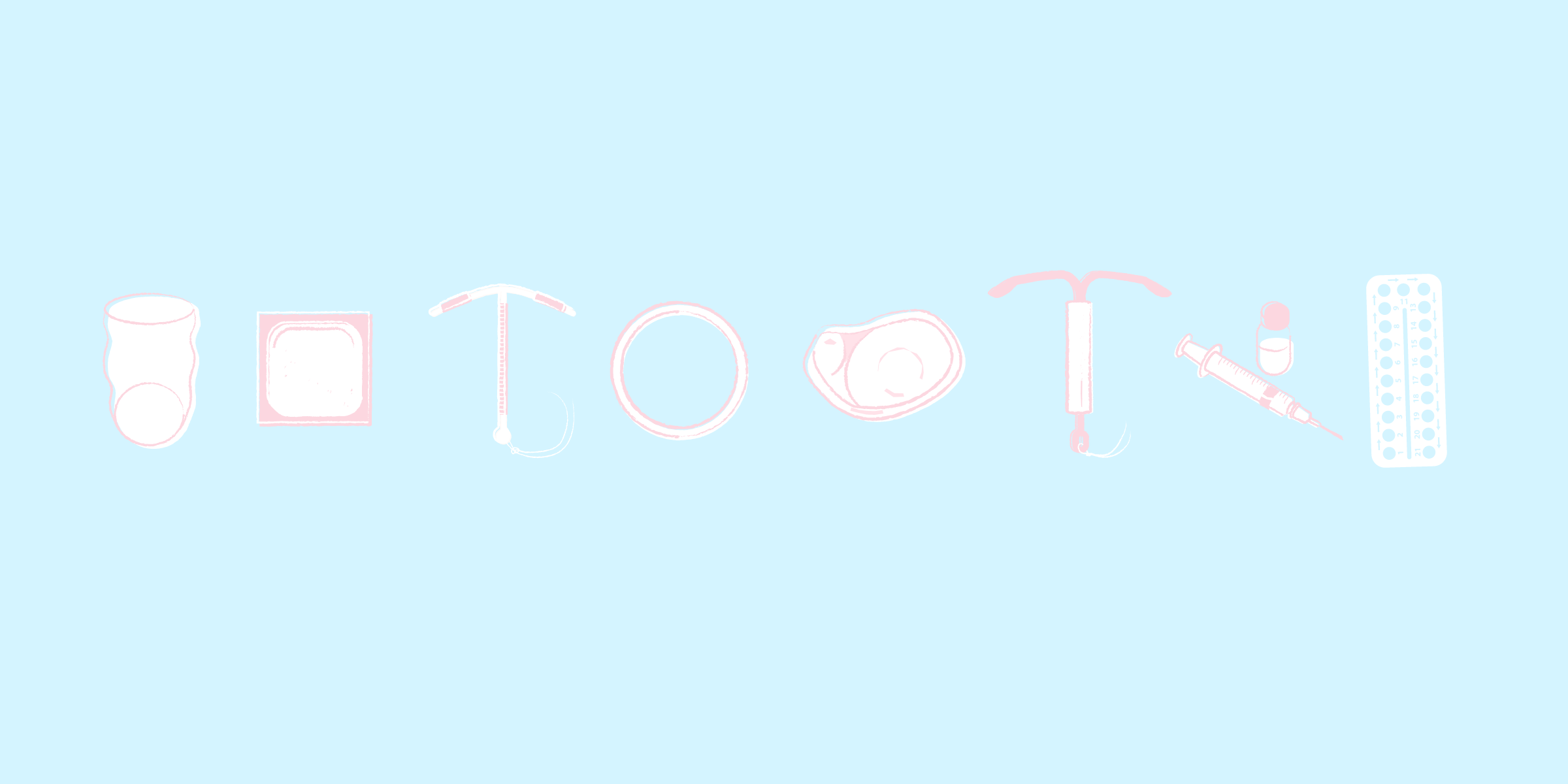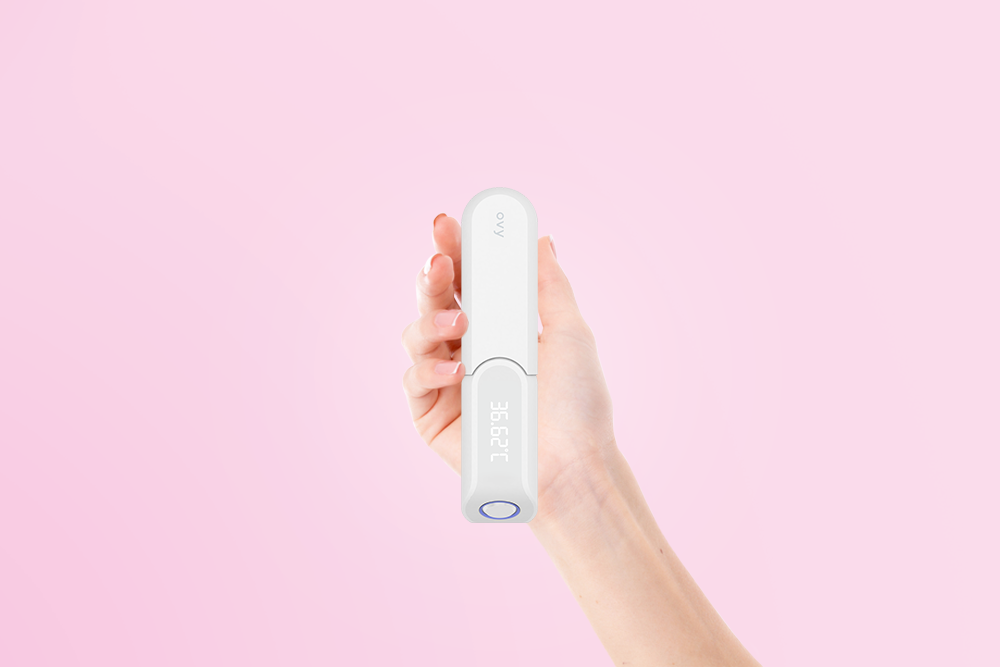Key Takeaways
- The fact that you cannot get pregnant during your period is a persistent myth.
- Cycles do in fact occur in which fertilization can happen after unprotected intercourse during the period.
- For this to happen, certain prerequisites must be met.
To understand how fertility works during menstruation, you need a basic understanding of the cycle and fertility window of a woman. The question of whether a woman can already become pregnant during menstruation cannot be answered in the negative for definite. In principle it is possible if the fertile phase begins before menstruation has finished. So it always depends on the individual cycle of the woman.
The female cycle
The female cycle can be split into four phrases:
Menstruation phase
Follicular phase
Ovulation phase
Luteal phase
During the follicular phase (during the first half of the cycle), which takes place before ovulation/the ovulation phase, the body tries to release an egg cell. The days following ovulation are called the luteal phase.
The duration of a cycle is around 25 to 35 days, and hormones control the course of each cycle. The hormones are produced by the endocrine glands and are then carried throughout the entire body by the bloodstream. Four of these glands are responsible for the menstrual cycle: the hypothalamus, the pituitary gland, the thyroid, and the ovaries. This knowledge also forms the starting point for natural family planning. By applying the symptothermal method, it is possible to plan a pregnancy.
How does pregnancy occur
For pregnancy to occur, two factors in particular are crucial: the time that intercourse took place and the survival rate of the male sperm. Sperm die in the air and in water very quickly. However, in the mucus of the female cervix, they can survive for up to five days. The survival rate depends on the pH value of their environment.
The pH value of the cervical mucus changes throughout the course of the cycle. Sperm can survive longest in mucus with a pH value of 7.5.
An egg cell needs an entire cycle (so around 25 to 35 days) to reach maturity. Between around the ninth and the 14th day of the cycle, it is released and can be fertilized. Ovulation takes place. A mature egg cell can survive for up to 24 hours.
In the Ovy app, this fertile phase is marked out in green (in Get pregnant mode). There are around six days in each cycle when a woman can become pregnant with daily intercourse. If you have intercourse on the five days before ovulation, the possibility of the egg cell being fertilized depends on the survival of the sperm.
If the egg cell isn’t fertilized, it is discarded with the redundant tissue from the uterus. And menstruation begins again.
Getting pregnant on your period
Although you are quite unlikely to become pregnant during the first days of menstruation, it is not impossible. This is above all because even the most regular of cycles have short to long “outliers”. A woman’s monthly rhythm can be disrupted by many different factors, such as stress, emotions, exertion, illness, too little sleep, stopping the pill, nutrition, or external environmental factors. This makes the cycle shorter or longer, meaning the fertile phase takes place already shortly after, or even during, menstruation.
Short cycles with early ovulation
For women who have very short cycles, i.e. cycles that last for fewer than 25 days, there is a higher probability that the fertility window will already start during menstruation. The earlier ovulation occurs, the earlier the start of the fertility window – around four to six days before ovulation. So, if you have a very short cycle, or your period lasts for longer than average, your first mildly fertile days could fall toward the end of your period, thereby causing fertility and menstruation to overlap.
Survival rate of sperm
The survival rate of the sperm can be the deciding factor. Having intercourse during your period can result in pregnancy if the sperm survives for up to five or six days, as this means it will survive up until the first fertile days before ovulation. However, the likelihood of becoming pregnant during this time is still low, especially during the first few days of menstruation, as not all the sperm can survive for up to five or six days. If a cycle is normal and the two partners are healthy, the probability of conceiving during intercourse the day before ovulation is around 25 percent. On the fifth day before ovulation, this probability drops to just five percent. Just around two percent of all women have a cycle short enough that could result in conception during menstruation.
Identifying your fertile days using the symptothermal method
The symptothermal method involves calculating the fertility window in a woman’s cycle by measuring the waking temperature and evaluating the cervical mucus or the cervix.
If the basal body temperature is measured at the same time each day after waking up, you will notice a slight rise the day after ovulation, or the day of ovulation itself. The cervical mucus also helps with the prediction of the fertility window. During the fertile days it becomes glassy, wet and watery, and is able to “carry” the sperm to the egg cell more easily.
Non fertile days and the right form of contraception
If you are using the symptothermal method for cycle tracking, you can presume that you're not fertile at the start of your cycle only if the 5-day rule has been confirmed. The prerequisite for this is for the first elevated temperature measurement to occur before the twelfth day of your cycle.
So, it is not a myth: conception during menstruation cannot be precluded, as ovulation can already occur shortly after bleeding and sperm can survive for up to five days. The menstrual cycle reacts to environmental conditions and doesn’t work like clockwork, which is why you should monitor your body signals during each cycle.
References & Literature
- Mihm, M., Gangooly, S., & Muttukrishna, S. (2011). The normal menstrual cycle in women. Animal reproduction science, 124(3-4), 229-236.
- Maake, C. (2005). 3 Biologische Grundlagen der Sexualität. Sexualberatung: eine Einführung für Ärzte, Psychotherapeuten und Familienberater; 14 Tabellen.
- WHO. Family Planning - A global Handbook for Provider 2018 [Available from:
- https://www.who.int/publications/i/item/9780999203705.
- Maake, C. (2005). 3 Biologische Grundlagen der Sexualität. Sexualberatung: eine Einführung für Ärzte, Psychotherapeuten und Familienberater; 14 Tabellen.
You might also be interested in these articles
Verhütung
Farewell cocktail of hormones! That’s what happens in your body when you stop the pill.5 Min. Lesezeit





